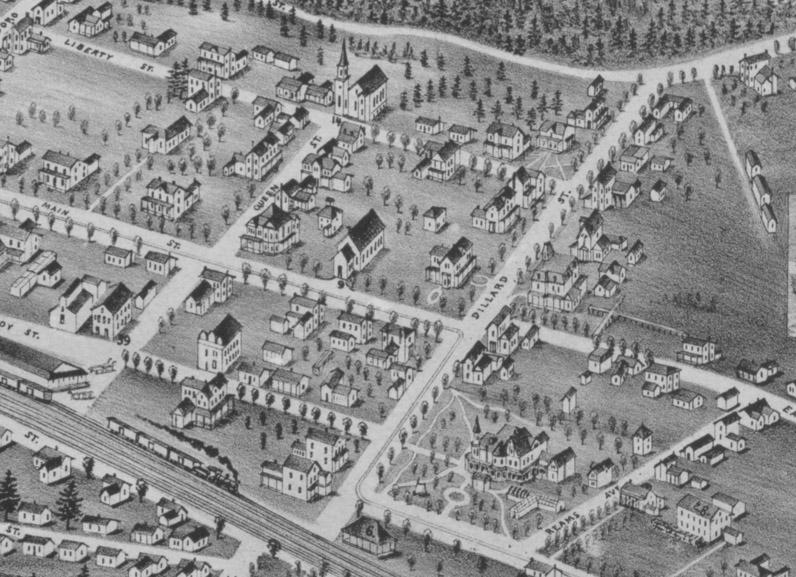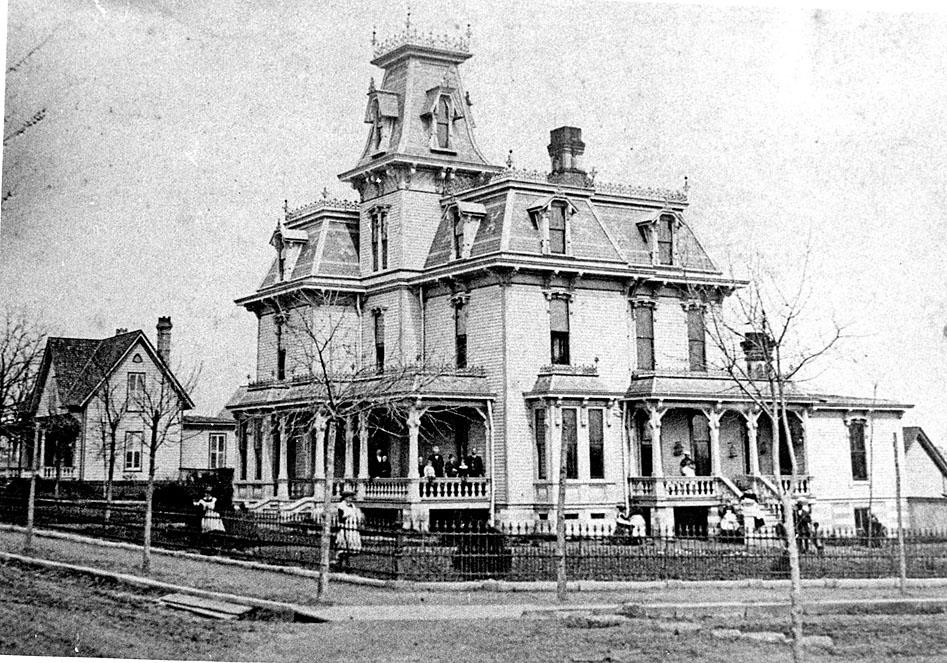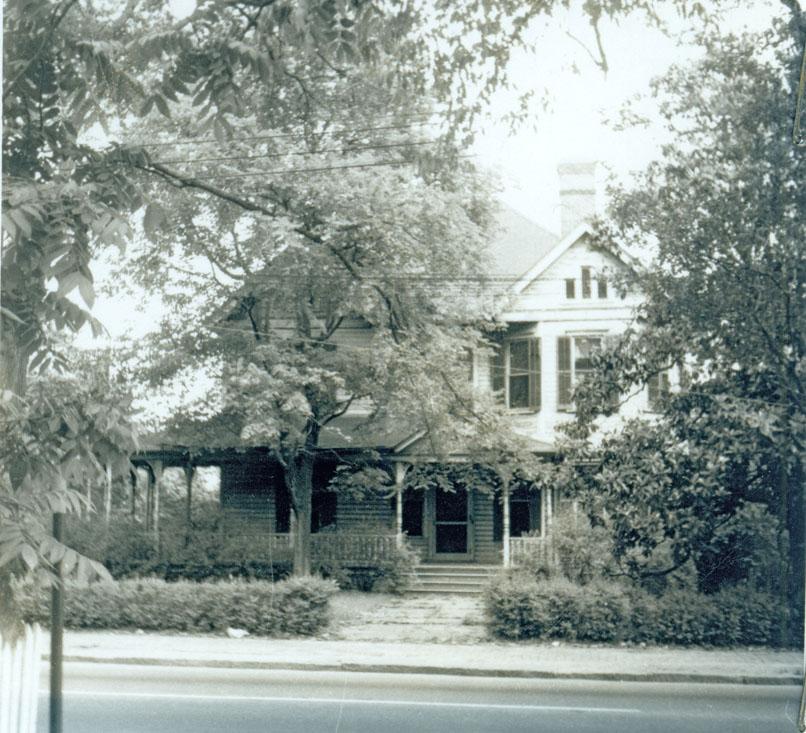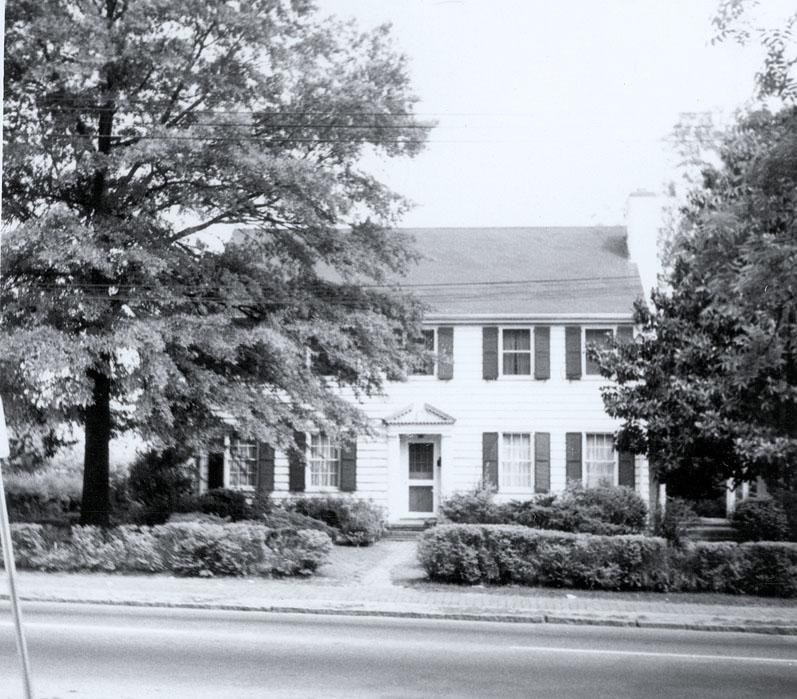Support OpenDurham.org
Preserve Durham's History with a Donation to Open Durham Today!
OpenDurham.org is dedicated to preserving and sharing the rich history of our community. Run by our parent nonprofit, Preservation Durham, the site requires routine maintenance and upgrades. We do not ask for support often (and you can check the box to "hide this message" in the future), but today, we're asking you to chip in with a donation toward annual maintenance of the site. Your support allows us to maintain this valuable resource, expand our archives, and keep the history of Durham accessible to everyone.
Every contribution, big or small, makes a difference and makes you a member of Preservation Durham. Help us keep Durham's history alive for future generations.






Comments
Submitted by coco (not verified) on Wed, 9/5/2007 - 11:54pm
Dismal is polite for these apartments. The residents are subjected to urine and feces on their steps, stained dreary interiors with old appliances, missing or malfunctioning window unit air conditioners, drug deals/use by residents and gangmembers, verbal/physical abuse by residents, toddlers witness prostitution, pavement is often the playground, and so on. There is endless poverty, hunger, depression, and discomfort.
Where are the Durham Neighborhood Improvement Services apartment inspectors? Instead of demolishing historic houses in East Durham and Cleveland-Holloway, they should look down the street at these horrendous apartments. I wish the city/county would move these residents into the restorable historic houses in the neighborhood that are boarded up, and also turn the liberty street apartments into the habitable townhomes like those on East Main.
Submitted by Michael Bacon (not verified) on Thu, 9/6/2007 - 4:09am
Hope VI is indeed dead for now, but could certainly be revived given enough political will. There's a lot of public housing advocates that hate it, but based on the presentations I've heard from them at conferences, it's because they study very different types of public housing complexes than those that exist in Durham.
But basically, the main thing that any public housing complex needs is up to date maintenance and respect for it as a place that people should be able to live decent lives. It's simply too easy to ignore public housing as a problem of people who don't matter politically. If anything, the main thing that Hope VI changes about public housing is that it puts private dollars managed by large banks at risk, meaning that they'll get more political attention.
We can hate on the architecture of this place all we want, but it's not the architecture that's killing it.
Add new comment
Log in or register to post comments.